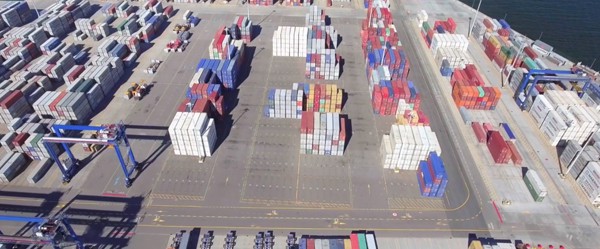If a business is highly profitable, but has no cash, then cash flow is the priority. An example is where a business is making profit each month, but the owner has no cash to pay the weekly wages bill. How can this be? In this instance, it’s quickly apparent that the business is owed a very large amounts from their debtors. In this instance the business has trading terms of 60 days from statement. So, the business owner wrote to every customer who owed money and offered a 10% discount for seven-day settlement terms. Within a month, the business became cash flow positive and has never looked back. So, in this situation, cash was most important, while profit came second.
Profit figures are easier to manipulate because they include non-cash line items such as depreciation, amortisation, or goodwill write-offs. Under generally accepted accounting principles (GAAP) businesses can use non-cash expenses such as depreciation and amortisation to more accurately reflect the market value of capital items. Depreciation and amortisation are non-cash items but are reflected as expenses in the P&L.
Cash flow statements, provide a clear picture of the actual cash position of a business at any point in time. In other words, a company can appear profitable “on paper” but not have enough actual cash to replenish its inventory or pay its immediate operating expenses such as lease, staff and utilities. If a company cannot purchase new inventory, it will slowly become unable to generate new sales. If a company cannot afford its monthly operating expenses, it will eventually go out of business. Either way, “Cash is King” in keeping a business alive.
Theoretically, your business may never make a profit and yet survive. How is this possible well the only way this can be done is by having enough share capital (equity) in the business to keep drawing down on, which would either be provided by the owners, family and friends or a 3rd party equity investor. Other options include a loan or invoice discounting, which releases the cash held in the business’ debtor ledger to be used to cover operating expenses. Obviously without making a profit, the business will ultimately run out of cash if none of the above are implemented. So, as a business owner who is committed to put his business on a solid financial footing, cash flow must always be an important facet to keep an eye on.
[/fusion_text][/fusion_builder_column][/fusion_builder_row][/fusion_builder_container]



